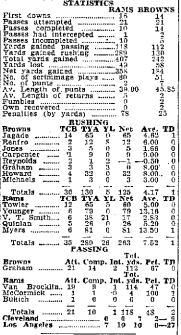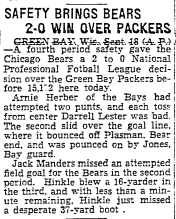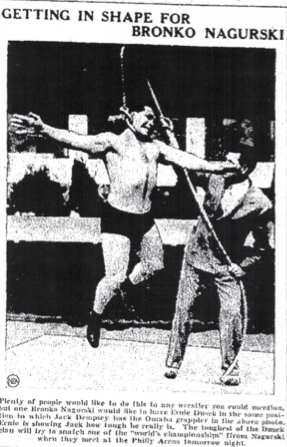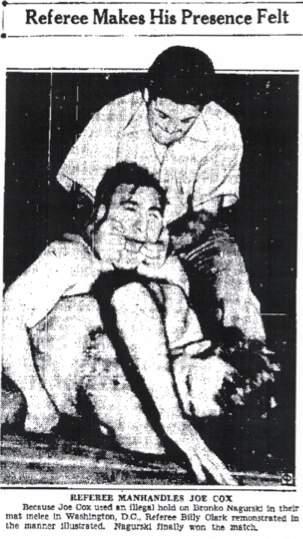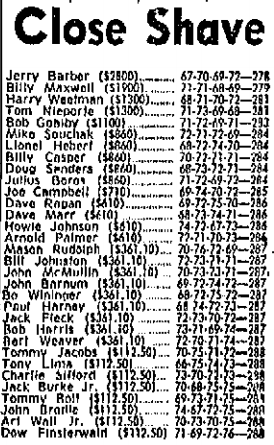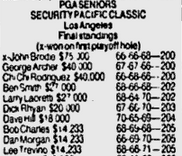It’s accepted pretty much as fact that, until recently, no one paid much attention to concussions in the NFL. And by “no one,” I’m talking mostly about the league and the media who cover it. So it was a revelation to stumble across a newspaper story from 1953 that went into great detail about a player getting his bell rung.
The player was Billy Reynolds, a rookie running back for the Browns, who was making his pro debut in a preseason game against the 49ers. A summary of his day, according to UPI:
1. He ran head-on at full speed into [the Niners’] Hardy Brown, considered one of the hardest tacklers in the game.
2. He was picked up and carried off the field.
3. He was supposed to go into the game a short while later and never appeared, the Browns using only 10 men for one play.
4. In the fourth quarter, he ran on the field when he wasn’t supposed to, and the Browns were penalized for playing with 12 men.
Our sound bite, though, comes from Paul Brown, the Browns’ Hall of Fame coach, who had the following to say about the situation:
“Billy was completely out of his head after he and Hardy Brown collided. However, he is all right now. We could use him in the game against Los Angeles this weekend, but, just as a precautionary measure, we may not. He must have suffered some sort of a head concussion, although at the time we thought he was just shaken up.
“At the time of the crash, we didn’t think it was anything serious. But the shock to Billy’s system was such that he didn’t know what was going on. Guess we’ll just have to rest him up for a few days.”
The naiveté about head injuries is just stunning, isn’t it? That said, it’s interesting Brown even considered holding Reynolds out of the next game “as a precautionary measure.” Precaution and pro football didn’t always mix in those blood-and-guts years.
And sure enough, Reynolds suited up for the exhibition game against the Rams after just a four-day recovery period. He’s right there in the stats, carrying twice for minus-1 yard:
Sixty-one years later, here we are. Or rather, here the lawyers are, filing suits and working out settlements.

